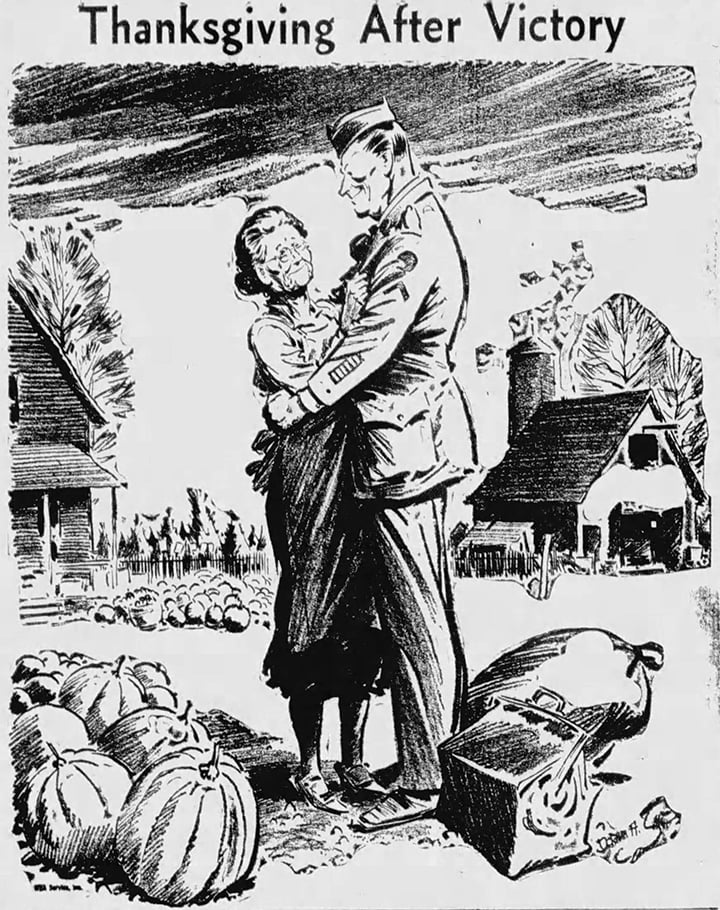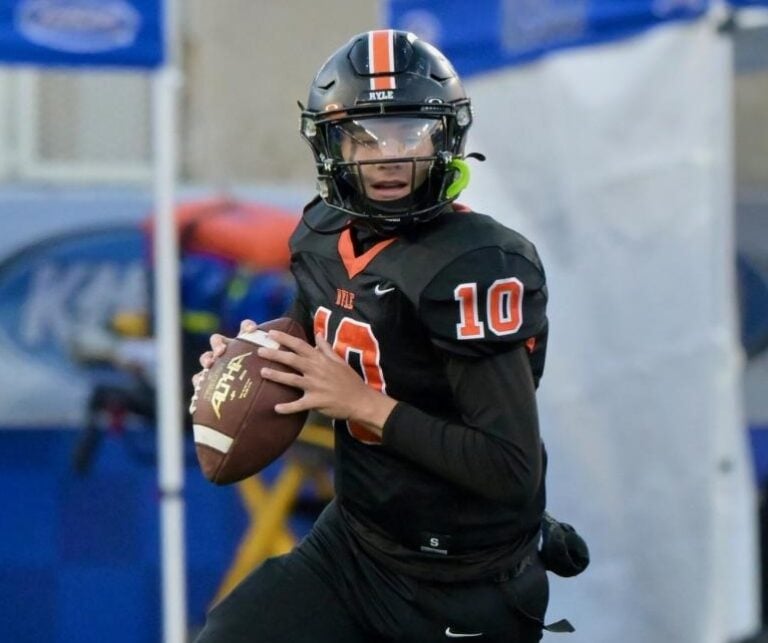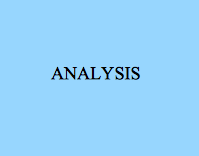Kentucky has a serious problem with its public education system. It’s much more fundamental than disagreements about Critical Race Theory, school shutdowns, and student masking. Very simply, astonishingly high numbers of Bluegrass State students aren’t being taught to read at anything close to an acceptable level.
Kentucky’s reading problem is significant. Based on 2019 results from the National Assessment of Education Progress (NAEP) and 2019 end-of-year enrollment figures for the state’s public school system, I estimate at least 64,000 students just in Kindergarten to Grade 3 are essentially very weak to non-readers. Across the entire Kindergarten to Grade 12 enrollment, about 200,000 Bluegrass State students lack even a partial mastery of reading. That’s a whole lot of kids set to exit the school system to become major burdens in adult life for both themselves and for all of society.

So, what’s going on? Many Kentucky teachers haven’t been properly prepared to teach reading in accordance with what science shows works best, neither in their education school programs nor in follow-on professional development.
A 2020 report from the National Council on Teacher Quality says that among the five essential elements in strong reading programs – phonemic awareness, phonics, fluency, vocabulary, and comprehension – on average, Kentucky’s college-based teacher preparation programs only cover three.
Furthermore, questions are also being raised about whether several reading programs used in Kentucky’s Read to Achieve remedial program follow what science shows works best.
Research from the National Reading Panel and fMRI-based brain activity studies as well as evidence in practice – including in a handful of schools here in Kentucky – shows that when students get proper instruction, many avoid any need for remedial activities. Other students more challenged by reading also do better when first exposed to a proper start and then given special assistance that employs what really works.
After receiving special training in proper reading instruction from an Elgin Children’s Foundation program, students in Kentucky’s Goose Rock Elementary School in Clay County shot from just 23.1% proficiency in Grade 3 KPREP reading in 2012 to an astonishing 89.7% proficiency rate by 2019. That’s a higher proficiency rate than all of the upper-scale northern Kentucky public elementary schools posted.
Several other Clay County schools in Elgin’s program posted dramatically high reading proficiency rates in 2019, as well.
So, Kentucky’s current, very serious shortcomings with reading instruction don’t have to remain this way.
By the way, poverty is no excuse. Goose Rock achieved its recent results despite an 85% school lunch eligibility rate.
What’s clearly needed is better training for our teachers about what science shows works best for teaching students how to read.
The good news is that two pieces of legislation currently in the hopper, Senate Bill 9 and House Bill 226, establish programs to do what the Bluegrass State needs; getting our state on a better track by eventually allowing every teacher access to the training needed to do the job the way Elgin did in Clay County.
The bills have a number of features, but key in both is a strong focus on following the science, both in teacher preparation programs and in follow-on teacher professional development.
To enhance follow-on training, both bills establish a Teacher Academy to support working teachers. Mississippi, which has used a similar program since 2015, showed the most remarkable reading improvement of all on the 2019 NAEP, moving ahead of Kentucky in fourth-grade reading performance for both white and Black students. Yes – Mississippi.
So, Kentucky does have a reading problem, but it doesn’t have to be this way – if the right policies are adopted.
Richard G. Innes is an education analyst for the Bluegrass Institute for Public Policy Solutions, Kentucky’s free-market think tank. Reach him at dinnes@freedomkentucky.com.























Without claiming credentials, I offer a variety of discussion questions:
1. How did the USAF pilot trainees compare to the average citizen or public school student in terms of motivation, preexisting skills, maturity, self-efficacy. Are these factors relevant to learning results?
2. What is the required background of USAF pilot trainees compared to public school teachers? Pay? Public support and recognition? Benefits? Required length of service to retirement? Are USAF pilot trainees required to spend time conducting regular meetings with the parents of pilot trainees?
How much of their pay do trainers spend on supplies each month?
3. What is the average education level of Finnish family members vs. the average KY parent?
4. How much do Finns pay per year for each public student.
5. Richard, I agree with what I think is your intent to suggest better learning methods across public schools, and that we have knowledge of those methods already. But if you use USAF and Finland to compare, let’s look at other factors that schools have been asking for for many years that work to significantly improve their ability to learn and adopt some of the methods you suggest.
Larry, the only reason I found your comments, which were posted over a month after the article was released, was because this article was linked from a new article published in August 2022. I don’t know if you will ever see this response, but perhaps other readers of the new article who also click on this one will benefit.
Regarding questions 1 and 2, there certainly are differences between Air Force pilot trainees and K-12 students, but that doesn’t mean the experiences gained from this educational system can’t provide any useful insight to improve public education.
Some of the Flipped Learning lessons I learned half a century ago, for example, definitely have parallels to what K-12 is trying to do now. It works, but only if the introductory digital products are very carefully created to be both highly accurate and easy for new students to understand. These are not skills all possess.
By the way, at least when I was instructing in the Air Force program years ago, a number of the students had little if any, previous flight experience. They started out from a similar position to what many K-12 students face when learning new material.
Your questions #3 and #4 are related to comments from another person named Richard. I have not looked at the Finnish system in any depth and cannot answer them. You’ll note I didn’t mention Finland in my article. Perhaps the other commentor, also named Richard, but not me, can respond.
Regarding your #5, I have looked quite a bit at what is going on with K-12 schools in the US, and those other ideas you talk about generally have already been tried,and failed.
The problem is that K-12 in the US has a poor memory and doesn’t do a lot of high quality research, either, so the fact that these things have been tried generally gets forgotten on about a 20-year cycle, only to reappear and fail again (See Diane Ravitch’s “Left Back” for more on that).
As you point out, there is knowledge of how to do this better, but the existing school establishment too often seems uninterested. They prefer to follow current fad ideas, usually from the Progresssive Education school of thought, which, again, are often just reworks of earlier failed efforts. Whole Language reborn as Balanced Literacy is just one current example.
We need to get our schools to understand that solid research dating all the way back to the Lyndon Johnson era shows that direct instruction where the teacher is the sage on the stage rather than just a guide on the side is what works best for students, especially students with higher needs. This, of course, requires teachers who are really well trained in subject matter and also know how to teach it well.
Especially in the area of reading instruction, as the main article above shows, we have a way to go with making that happen for our students.
One last, optimistic note, Senate Bill 9, mentioned in the article, did pass and the Kentucky Department of Education is opening up its first Reading Academies as I write this in late August 2022.
Well done Richard Innes. You have studied this situation a long time and you are spot on with your analysis.
Richard preaches things on education, yet has zero experience as an educator. There’s a teacher shortage and I’m sure they’d be glad for him to come in and teach reading
Mark, there’s a lot you apparently don’t know about me.
My education experience isn’t standard K-12, but it has a number of parallels that provide useful insights into problems in our public school system.
I was an instructor pilot in the USAF for many years. Before starting instructor duty, I got trained about some of the same things that our K-12 teachers learn.
One example is the Hierarchy of Needs. New student pilots often operate at the very lowest levels, including the physiological level in an environment requiring oxygen masks and featuring more than natural G forces. First flights in a small, high-speed, highly maneuverable aircraft also could also find a student trapped in the safety and security level (The term “Projectile Vomit” must have been invented by an instructor pilot). Instructor pilots have to understand the hierarchy of needs and help students work through those lower, survival levels before learning is going to happen.
It’s the same for classroom teachers. If students don’t have physical needs and the needs of safety and security met, then no learning is going to happen.
The USAF also trained me about standards-based education systems, something that didn’t hit our K-12 schools until decades later and which K-12 still struggles with today. The USAF already knew what was needed to make standards-based education work back in the 1970s, by the way, and was using the approach to train the best aviators in the world.
Furthermore, I was on the ground floor of the introduction of learning centers to the pilot training program. These employed student-operated, automated equipment to provide instructional modules on the various elements of flight training. The learning centers employed what we today call a “Flipped-Learning” approach. Flipped Learning introduces new subjects using technology instead of classroom lecture or textbooks. It’s a concept increasingly found in K-12 schools today, but the USAF already was doing it half a century ago.
I started to look at Kentucky’s education reform the better part of three decades ago. Along the way I looked at a lot of data, read a lot of reports, and attended more meetings of the state board of education and the legislature’s education committee meetings than I can count. That provided some interesting insights into the issues that many classroom teachers simply see only in part, at best.
Does this mean I fully share all the experiences of classroom teachers? Certainly not. But, should all of the knowledge and experience I’ve gained over the years just summarily be dismissed? I submit that, too, would be a big error.